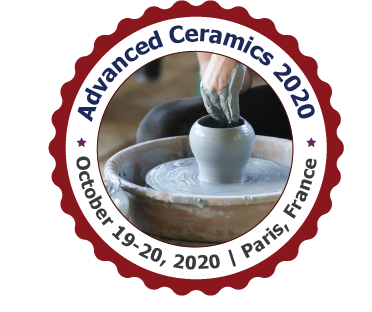International Conference and Expo on Ceramics and Composite Materials
Paris, France
Andrews Nirmala Grace
Professor, Director at Vellore Institute of Technology(VIT)
Title: Pt-free metal nitride counter electrode based Dye Sensitized solar cells - Current status and Future scope
Biography
Biography: Andrews Nirmala Grace
Abstract
Fossil fuel depletion and environmental concerns trigger the global energy sectors invest on renewable, sustainable and cost effective alternate source of energy. Solar energy is the primary source of clean and green energy, which drives solar cells by photoelectric effect to generate electricity. Among the different generations of solar cells, DSSCs are peculiar in view of low-cost device production, easy fabrication processes and wide choice of material selectivity for power conversion efficiency improvement. Additionally, dye sensitized solar cells has a great demand for current consumer market fascinated with solar powered portable electronic devices, solar energy vehicles and solar-powered wearable clothing. The efficient standard structure of DSSC comprises sandwiching dye sensitized TiO2 photo anode and Pt CE with iodide/triiodide redox electrolyte. Platinum as a counter electrode show an excellent electro catalytic performance in reducing the iodide/triiodide redox couple, and possess good corrosion resistance towards iodide species. But, the high cost and sustainability hinder the large scale production and commercialization of the conventional DSSC. Hence, tremendous research is going on in replacing Pt with different nanostructured materials as counter electrodes for DSSCs. Of it, transition metal nitrides (TMNs) are attractive due to its unique electronic structure and metal like chemical and physical characteristics. These characteristics significantly increase the d state electron density and reduce the d-band that makes the electronic structure of transition metal nitrides behave like that of noble metals like Pt and Pd up to the fermi level. In addition to the metallic conductivity, TMNs have very high corrosion resistance towards aqueous and non-aqueous electrolytes, which has put forward the metal nitride as a potential candidate to replace noble platinum as counter electrode for DSSCs. The overall work discusses the material choice of metal nitride nanostructure and its efficiency improvement of the DSSC device, performance evaluation, stability, durability and its way to mass production and commercialization.

